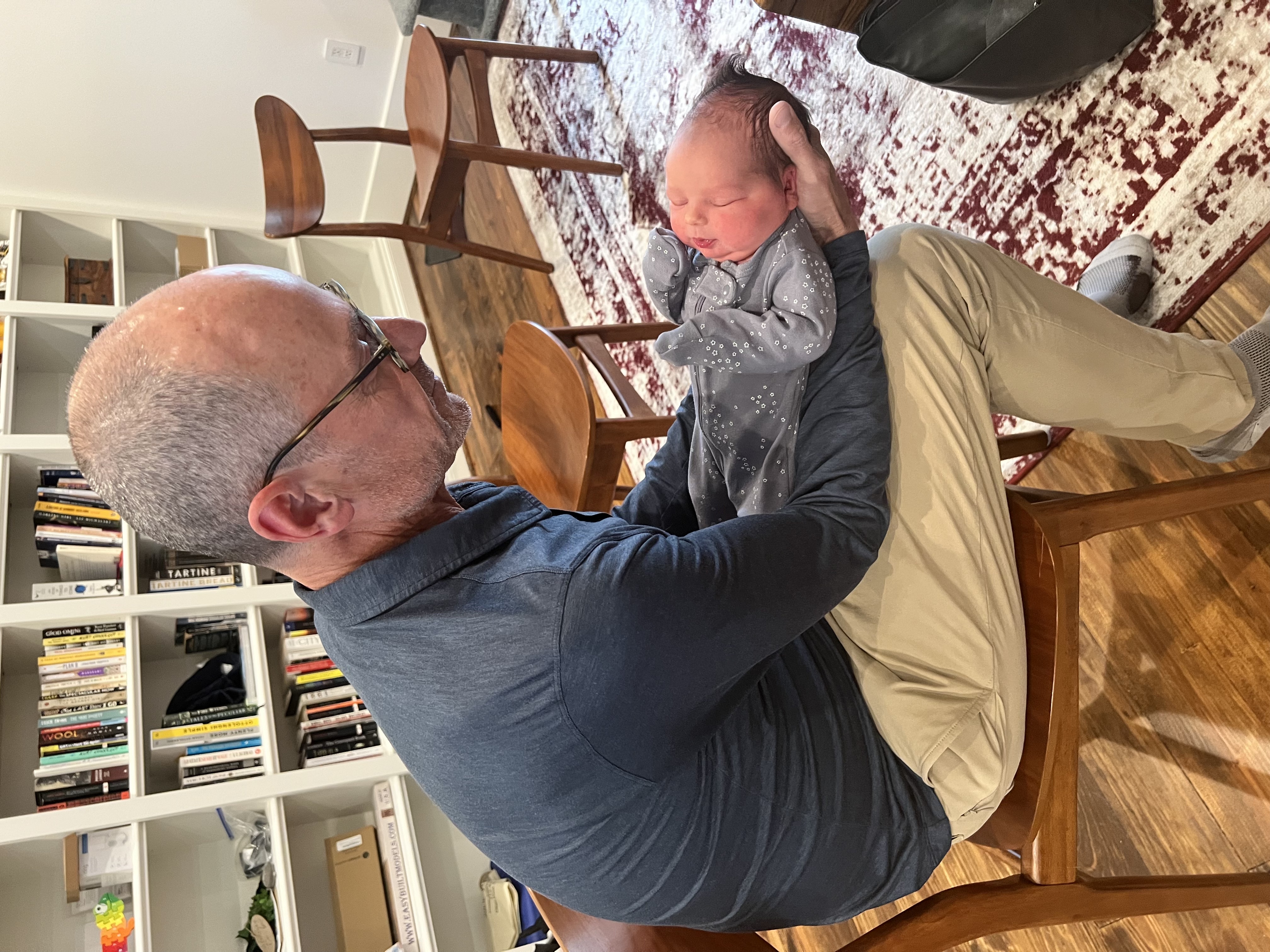
Oil on Canvas
12 x 12
In Private Collection Artist Susan Tyler.
A painter of light effect, a lightworker, this type of artist is not new. Trying to capture a light effect has grabbed the attention of the artists for centuries. Why ? What is it about painting light that makes it so enticing? As I presented in my blog last month, my dark period is really all about painting the light. I speak for myself, but suspect that I am not alone, I am drawn to light. I could stare and evolve into a work that depicts the light of a sun, moon or window. I can see a work of art across the room and be pulled into its space. I won’t get all philosophical on you, I will save you from my deep thoughts on light and why I think capturing light on a canvas is so important to me. Instead, I will talk in this blog about the structural issues in representing light on the canvas.
When approaching representational art, the artist uses a basic three legged stool. The three major components of a painting or legs of the stool consists of Chroma, Value and Line. Each one of those components are complicated and very involved, but for the purposes of what I want to talk about, we will use the broad brush meanings of Chroma, Value and Line with the understanding that each one of the legs represents complex and extensive facets of art theory.
When it comes to painting light, you almost always have to give up one of the three legs—Line. For any one who has painted light effect knows that to do it effectively you have to rely on value and chroma without the aid of Line. When you paint a tree, it has discrete linear dimensions that you use to represent it You know where it starts and stops. The same is true of a mountain, or a lamp or table. There are going to be value changes and adjustments to interpret the image for the viewer, but you have line, chroma and value, a three legged stool, to help describe the object.
When it comes to painting light you don’t have the benefit of the stool. You lose Line as one of the legs. You only have value and chroma to help the viewer imagine that they are looking at a light source. It might be the light of the sun, the moon, the sky with the remnants of the sun glow, a glowing street light etc. When you stop and think about it the reason that you think the light area in the painting is a sun or moon is because the artist has adjusted the values so that the light is really the brightest glow in the painting. Just making the area the whitest white, won’t make a believable light. The artist has to use the value around the light to make it believable. A common mistake when trying to depict light in a painting is not taking the non-light value dark enough yet not too dark . It has to be a Goldilocks value…Just Right.
I am in my studio almost every day working on one of my projects: I am working on a large 30 x 30 Leon County Tree, and I am looking forward to getting it finished. I am also getting ready for my next painting, a scene of the Elissa docked in Galveston. I am putting the finishing coats of varnish on the Deer. I had to bring it back to the studio for a paint touch up. The sun and pollution took its toll on the paint. I am going to try adding wax to minimize the UV and pollution damage. I will let everyone know when I have the Deer back in its place. I think we might have a contest to name the deer at the 4th of July Festival.
Check out my web page www.tylerstudio.org. You can email me at tylerstudio1201@gmail.com I hope all of you are staying well, I would love to hear from you. Susan



